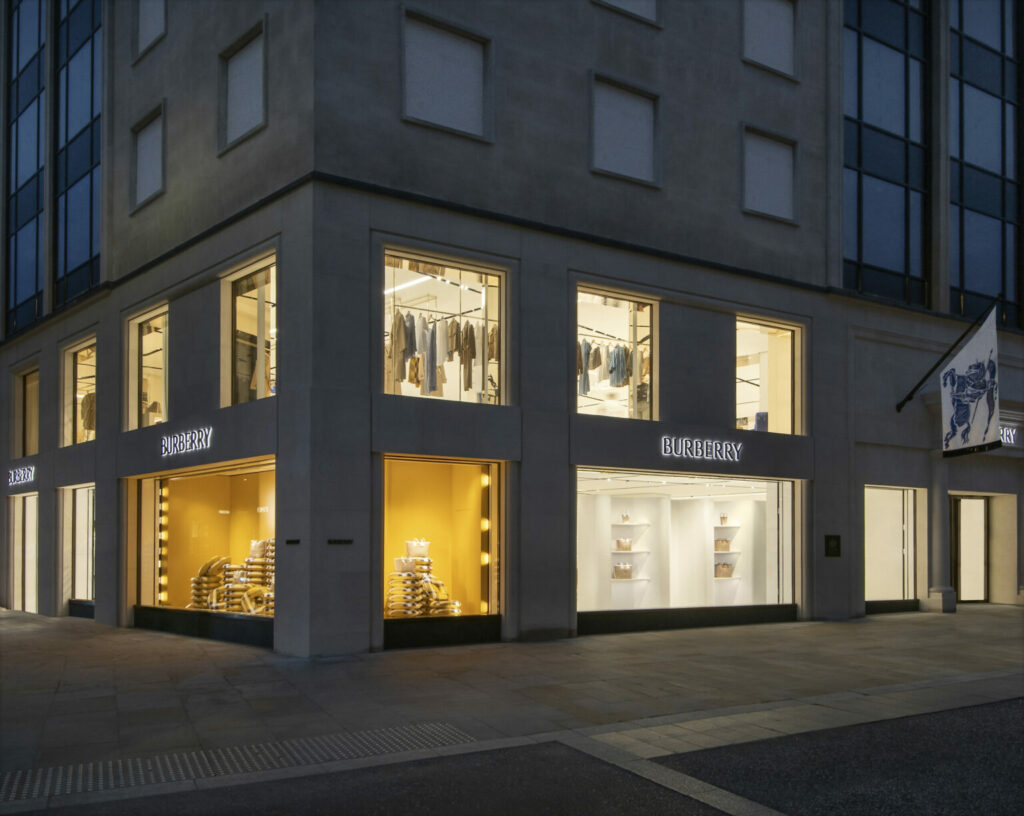Asos half-year losses may have widened to £290.9m in its first half, however chief executive José Antonio Ramos Calamonte is confident his turnaround plan will see it return to profitability in the second half of the year.
The fashion retailer is in the midst of a £300m cost-saving and profit optimisation programme – which the ex-Inditex exec terms ‘the Driving Change’ agenda – as it looks to overhaul its business model, which has so far seen job cuts, warehouse closures and a mass stock write-off.
However, as the cost-of-living crisis weighs heavily on consumer demand, is Asos’ cost-cutting plan enough to return the business back to growth?
What has it done so far?
Asos’ first half losses may be eye-watering and the 10% drop in UK sales worrying, however, Calamonte says it is a “short-term” hit due to the changes made in its bid for profitability.
The retailer says the actions it has taken to turnaround the business account for around 50% of the revenue decline since December but it insists they are driving “improving order economics”.

The £291m loss included a £128.2m write-off of unwanted stock, £49.4m of property impairments and £11m of associated implementation costs of its Driving Change agenda.
Calamonte says the group had made “significant progress” of its plan, with about 95% of the actions under the plan already taken and the leftover 5% to be delivered in the coming months.
So, what changes has it made?
Calamonte’s plan focuses on four main actions: reducing its cost profile, renewing Asos commercial model and inventory management, ensuring a robust and flexible balance sheet, and reinforcing the leadership team and refreshing the culture.
Cost-cutting is at the core of the plan and Calamonte wasted no time in wielding the axe. In October, it emerged that the retailer was cutting more than 100 jobs, with roles impacted across all departments, in a move to streamline operations.
It is also rationalising office space and removing 35 unprofitable brands from its online platform.
Alongside cutting operational costs, Asos has been scaling back discounting on its website through prioritising full price items on its site and partnering with Secret Sales for unsold stock.
It has reduced its inventory by around 20% year on year.
“No business can survive double digit sales declines and not expect to see the impacts on profit and loss,” Charlie Huggins, Wealth Club
The focus on profitability has also seen Asos make changes to its Premier service, upping the minimum spend for members to secure next day delivery.
The retailer is also set to wind down three of its storage facilities in the coming months.
Calamonte explains: “Our focus is on improving our core profitability, prioritising order economics over top-line growth and I am pleased with the strategic and rapid operational progress the business has made in the first half of the financial year, against some very challenging trading conditions.”
He says the measures taken will “create a more sustainably profitable and cash generative business”.
He insists that its gross margin rate is improving and says it has “delivered more than £100m of profit optimisation and cost saving initiatives”, with a further £200m forecast in the second half.
What challenges does Asos continue to face?
Reducing costs is just one element of the set of challenges facing Asos in its hunt to return to growth.
The online retailer cited external factors in the 8% dip in half-year sales to £1.84bn, with further “single digit decline” forecasted in the second half of the year.

UK sales dropped 10% over the period, with a 15% plunge in the second quarter, as consumers pulled back on discretionary spending and favoured physical stores.
When asked how much of falling sales the group had attributed to competitors like Shein growing in market share, Calamonte says: “There are always impacts and overlaps, but we are competing in a slightly different segment of the market.”
“We are not competing for exactly the same core consumer. Shein tends to compete with a much lower price and our value proposition is more fashion on a competitive price.”
He adds that the cold weather has not helped, hindering the start of spring summer sales.
Returns, he says, is also a growing problem for Asos with the rate increasing steadily since March.
Calamonte adds that market volatility is set to continue for the rest of the year: “We are not seeing fast recovery in the market […] we expect the market is still going to be volatile.”
Is the cost-cutting enough?
Although Calamonte is confident that Asos will return to profitability in August, others had concerns whether cost-cutting is enough, particularly as sales continue to fall.
Wealth Club quality shares portfolio manager Charlie Huggins says cost-cutting measures “can only go so far”, adding that “no business can survive double digit sales declines and not expect to see the impacts on profit and loss”.
He says turnaround plans are “never straightforward” and that Asos will need “to get sales moving in the right direction” to see it pay off.
Huggins adds that delivering sustainable sales growth is about “providing the best service to customers”.
As such, he says, Asos will need to “find a way of cutting costs while still giving customers a reason to come back in a very competitive industry”.
Asos may be focusing on more profitable sales, but if it does not stem the sales declines it will end up a much smaller business and not the “leading destination for fashion-loving customers” it has spend decades building.
Click here to sign up to Retail Gazette‘s free daily email newsletter

















